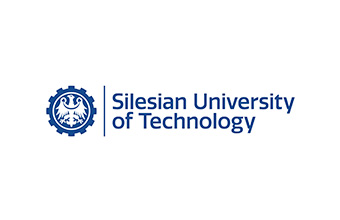About Us
The Silesian University of Technology (SUT) in Gliwice is one of the largest universities in Poland and it is divided into 13 Faculties comprising 48 engineering disciplines. The unit directly involved in CHEERS would be The Institute of Thermal Technology (ITT, website: http://www.itc.polsl.pl) which is a part of the Faculty of Power and Environmental Engineering. The main achievements of ITT are associated with its pioneering role in several research fields: combustion in highly preheated air, oxy-combustion, mathematical modeling using the Boundary Element Method, exergy analysis, ecological costs, inverse analysis and others. In the last 10 years the ITT staff (currently 33 staff members and 22 PhD students) has published more than 600 journal papers, 13 books and more than 800 conference publications at international reviewed conferences.
ITT’s experimental work is performed in seven laboratories dedicated to different subjects, one of them being the Combustion Technology Laboratory. It is equipped with standard analytical instruments as well as some unique, custom-made test stands. Among analytical instruments in- use are Agilent 6890N GC with TCD and FID detectors, as well as Netzsch STA 409 LUXX TGA coupled with Perkin Elmer Spectrum 100 FTIR which allows analysis of thermochemical conversion of carbonaceous samples with simultaneous monitoring of gaseous products composition. Moreover, FTIR is equipped with an ATR accessory which enables characterisation of a particle surface. Custom-made set of laboratory apparatus comprise of number of reactors, such as tube reactor that allows study of heterogeneous catalysis of the decomposition of vapour organic compounds on a fixed bed of carbonaceous materials or a horizontal laminar flow drop furnace for investigation of particle thermochemical conversion kinetics.
Role in CHEERS
WP 3 – Oxygen carriers and characterisation of fuel conversion phenomena
ITT will play an experimental role in which the focus will be to characterize petcoke gasification with H22O and CO2, in addition to oxidation with O2 and development of global kinetic of heterogeneous reactions. In addition, it will be the development of single particle thermal conversion models.









